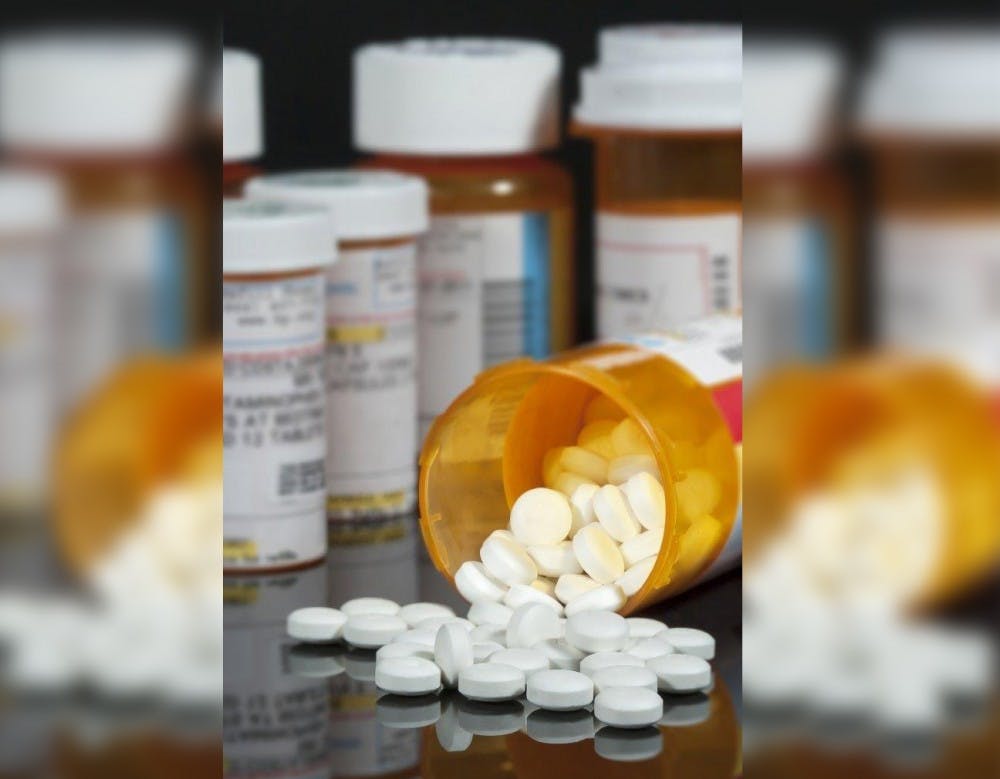The United States Department of Justice moved to stop the opening of a safe injection site in Philadelphia this month, which would have allowed people to use illicit drugs under medical supervision.
The nonprofit behind the project, Safehouse, opened last year and had planned to open a site as soon as next month.
William McSwain, the U.S. attorney for the Eastern District of Pennsylvania, justified these actions by claiming that the site would normalize and encourage illicit drug use.
But in the midst of an opioid crisis that has taken more American lives in a single year than the entire Vietnam War, we need evidence-based solutions to prevent overdoses, save lives and guide people to recovery.
That is exactly what safe injection sites offer.
These spaces provide users with clean needles, wound care and connections to addiction treatment and legal services. They do not provide drugs or assist in injection. Preventing these sites from operating would be a step backward in the American response to the opioid epidemic.
Research shows that these sites work. In Vancouver, Canada, safe injection site utilization reduced overdose mortality by 35 percent and increased access to drug addiction treatment.
Safe injection sites have operated in other countries such as Canada and Denmark for years, where they have saved lives and improved health.
In Indiana, the opioid epidemic hits close to home. From 2016 to 2017, there was a 22.5 percent increase in drug overdose death rates in Indiana, one of the highest in the nation. Hoosiers need better responses to this crisis, and part of that could be a safe injection site.
Support for safe injection sites has grown in many U.S. cities, including New York, San Francisco, Seattle and even Bloomington.
The Indiana Recovery Alliance, a Bloomington-based nonprofit that serves active and former drug users, addresses the opioid epidemic through education, advocacy and a syringe exchange. Christopher Abert, the executive director of the IRA, commented on the potential benefits of safe injection sites.
“If people are interested in saving lives and making a robust plan to respond to the opioid epidemic, this is the next logical step,” Abert said. “Safe consumption sites do not endorse or enable drug use. They face the reality of drug use and say: ‘We care about you. We care about your health and want you to stay connected.’”
Critics say safe injection sites normalize the use of deadly drugs and fail to help people quit. But safe injection sites provide connections to addiction treatment and legal services. The premise is not to force people into abstinence, but to meet them where they are.
Like clean needle exchanges, safe injection sites operate under the principle of “harm reduction,” or public health strategies that aim to reduce the negative consequences of drug use.
The opposition to safe injection sites is not unlike the resistance to clean needle exchanges just a few years ago. In Indiana, syringe exchanges initially faced stiff opposition from then-Governor Mike Pence, and communities had to improvise to implement syringe exchanges even after legalization.
But after implementation, syringe exchanges worked and slowed the HIV outbreak in Indiana. Of course they worked: The U.S. has known syringe exchanges are effective since the 1980s, when they prevented HIV transmission between people who inject drugs in the midst of the AIDS crisis.
Syringe exchanges reduce harm. The same goes for safe injection sites, which have been endorsed by both the Massachusetts Medical Society and the American Medical Association.
Safe injection sites also have economic benefits. One study found that Vancouver’s supervised injection facility was associated with $18 million in net savings over 10 years. In the U.S., theoretical cost-benefit analyses in San Francisco and Maryland found that operating safe injection sites would save millions of dollars.
Stopping safe injection sites will do more harm than good, but not everyone sees it that way. In Philadelphia, safe injection sites have been the topic of many debates.
Moreover, new research reveals that only 29 percent of Americans support legalizing safe injection sites and 39 percent support legalizing syringe services programs.
The same study found that individuals who have negative attitudes toward people who use opioids are less likely to support legalization of safe injection sites and syringe exchanges. This reveals that stigma reduction is a key part of gaining public support for harm reduction programs and combating the opioid epidemic.
The law and politics of safe injection sites are complicated. Opponents to safe injection sites argue maintaining any location that facilitates illicit drug use is illegal. The implication of that argument is that users are criminals. As a result, the Department of Justice criminalizes addiction rather than supporting real solutions.
A recent study found that the HIV outbreak in Scott County, Indiana, could have been prevented with an earlier public health response and greater access to harm-reduction interventions. The opioid epidemic is a public health crisis that cannot be solved solely through litigation and policing. Instead, we need to humanize individuals and face reality.
Abert commented on the need for realistic solutions for Monroe County and the entire nation.
“Fifty years of the war on drugs haven’t worked. Maybe we should give it rest and focus on evidence-based compassionate responses,” he said. “The truth is that everyone suffers when we just leave people to die from the opioid epidemic.”






